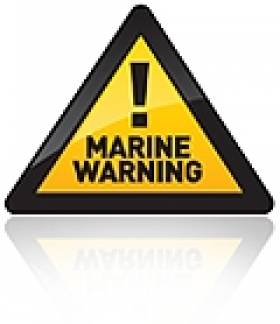Displaying items by tag: Mizzen Basin
Marine Notice: 3D Seismic Survey in Celtic Sea Update
#MarineNotice - CGG, on behalf of Fastnet Oil & Gas, is scheduled to carry out a full 3D seismic survey at Mizzen Basin in the Celtic Sea off the south-west coast beginning this month.
Details of this survey - as part of Fastnet's option on the Deep Kinsale Prospect - were previously reported on Afloat.ie but some details have been amended since.
The survey is expected to run for 35 days, subject to weather.
For full details - including co-ordinates of the work areas - see Marine Notice No 22 of 2013, a PDF of which is available to read or download HERE.
Fastnet Awarded 'East Mizzen' Option In Celtic Sea
#Oil&Gas - Fastnet Oil & Gas has been awarded a new licensing option in the North Celtic Sea off the Cork coast.
The East Mizzen option covers a number of blocks in the Mizzen Basin, plus the western end of the North Celtic Sea Option, covering a tittle area of 1,155 sq km and contiguous with the previously awarded Mizzen option.
The 18-month option requires the reprocessing of a minimum of 400km of existing 2D seismic data, which has indicated the presence of light oil in some areas.
Fastnet managing director Paul Griffiths commented: "We are delighted to have added to our inventory of material prospective structures in the Mizzen area ... This has allowed us to capitalise on the interest being shown by the industry in our farm-out process in this particularly under-explored, yet highly prospective, basin.
"It has also allowed us to maximise the value of our on-going 3D seismic acquisition by creating 'running room' for potential farminees that have identified the Mizzen Basin as a new emerging shallow water exploration province offshore Ireland."
Earlier this year, as reported on Afloat.ie, Fastnet executed its exclusive option agreement to farm into its nearby Deep Kinsale Prospect, with plans to drill the prospect in 2014.































































